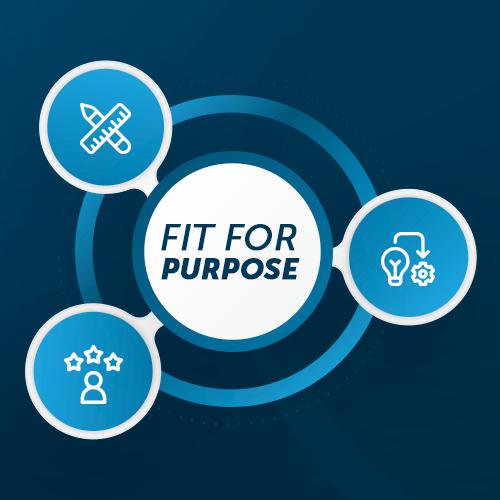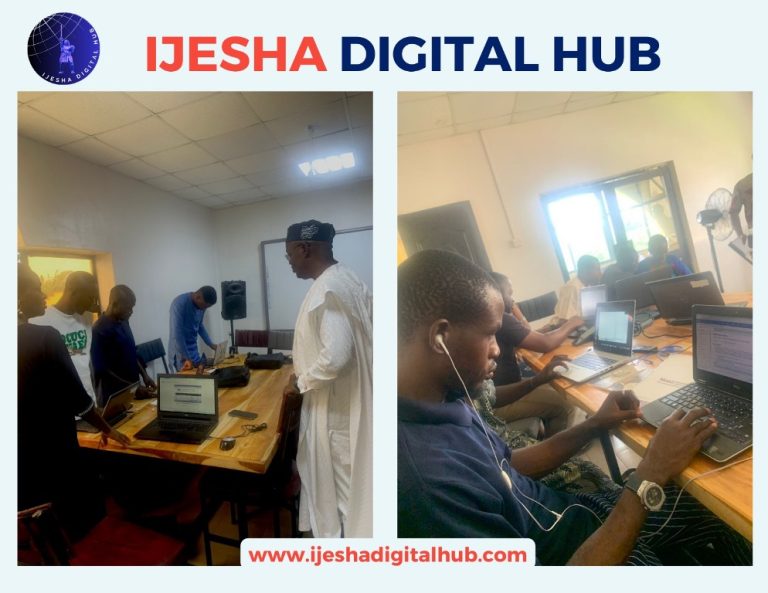How Digital Technology Should Be Made Fit-For Purpose

Source : Oluwafunke Kofoworade
Digital technology has been widely embraced in recent times due to the ease of doing business with it. From online apps used to order food, hail rides, transfer cash between banks and to even request a handy man, it is indeed a means of innovation which has come to stay.
Digital technology has created jobs, simplified daily life, and connected families and communities by facilitating communication. However, as innovation spreads, it is important that digital solutions are carefully tailored to meet the realities and infrastructural capacity of the target population, especially in developing economies.
In Nigeria, challenges such as high data costs, limited internet access, and digital skill gaps often make it difficult for healthcare workers and patients to benefit fully from technology-driven health systems.
Of late, there has been a salvo of mobile phone-based applications for almost everything and inasmuch as this is good per se, it is worth keeping in mind that it would be more beneficial if digital technology modalities are tailored to meet the needs and capabilities of the target population.
For example, with many complaints of high internet data costs and erratic internet connectivity in some parts of Nigeria, it can become quite challenging for people to download mobile phone-based applications and have a seamless user experience.
Additionally, some digital technology modalities may not require the creation of mobile based phone applications, which are known to consume relatively large
amount of data depending on the size and may be associated with some hesitance in usage unless use them for service frequently.
To illustrate this, consider Digital Health Global, a digital health organisation I founded to strengthen Nigeria’s healthcare system through digital innovation and workforce capacity building. The organisation focuses on empowering healthcare professionals and facilities with affordable and train professionals on how to use these digital tools , accessible digital tools to improve patient care, data management, and coordination.
Our target users are frontline healthcare workers and community health facilities, many of whom operate in low-resource settings with limited access to high-speed internet or expensive hardware. Recognising this, Digital Health Global designs and delivers low-cost, data-light solutions that match the realities of Nigeria’s health infrastructure.
During the COVID-19 pandemic, for instance, we developed and deployed a toll-free short code (USSD) service and a digital helpdesk that allowed healthcare professionals and the public to access verified health information, report supply shortages, and receive training resources without needing internet data or smartphones.
This dial-in model proved essential in bridging digital access gaps, ensuring that vital information and capacity-building opportunities were available to all, regardless of location or connectivity level. It demonstrates how digital health innovation does not need to be elaborate or costly to be impactful it must simply be user-centred, inclusive, and responsive to the technological capabilities of its audience.
In my view, effective digital health solutions are those that are practical and compatible with the users’ environment, needs, and behavioural patterns. True innovation lies not in complexity, but in accessibility and usability.
Digital health technology innovation, in my opinion does not have to be fanciful, but it should be as simple as possible to match the capabilities of the target user. While innovating for digital technology services, it is thus important to consider how compatible the solution would be with user preferences and behaviour.







